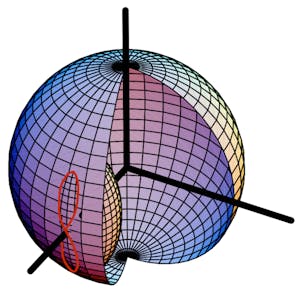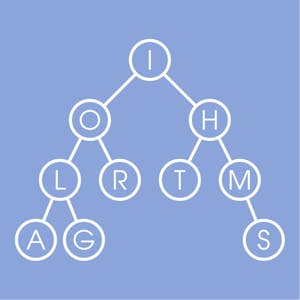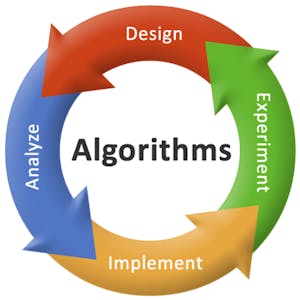Kinematics: Describing the Motions of Spacecraft
About this Course
The movement of bodies in space (like spacecraft, satellites, and space stations) must be predicted and controlled with precision in order to ensure safety and efficacy. Kinematics is a field that develops descriptions and predictions of the motion of these bodies in 3D space. This course in Kinematics covers four major topic areas: an introduction to particle kinematics, a deep dive into rigid body kinematics in two parts (starting with classic descriptions of motion using the directional cosine matrix and Euler angles, and concluding with a review of modern descriptors like quaternions and Classical and Modified Rodrigues parameters). The course ends with a look at static attitude determination, using modern algorithms to predict and execute relative orientations of bodies in space. After this course, you will be able to... * Differentiate a vector as seen by another rotating frame and derive frame dependent velocity and acceleration vectors * Apply the Transport Theorem to solve kinematic particle problems and translate between various sets of attitude descriptions * Add and subtract relative attitude descriptions and integrate those descriptions numerically to predict orientations over time * Derive the fundamental attitude coordinate properties of rigid bodies and determine attitude from a series of heading measurements The material covered is taking from the book \"Analytical Mechanics of Space Systems\" available atCreated by: University of Colorado Boulder

Related Online Courses
This online course covers basic algorithmic techniques and ideas for computational problems arising frequently in practical applications: sorting and searching, divide and conquer, greedy... more
This specialization is intended for people interested in health systems and how they function. Participants will learn about the global health systems landscape and the challenges and opportunities... more
This course provides a comprehensive introduction to political citizenship from both a theoretical and empirical perspective, with a particular emphasis on its participatory dimension. Participants... more
The primary topics in this part of the specialization are: data structures (heaps, balanced search trees, hash tables, bloom filters), graph primitives (applications of breadth-first and... more
This is a self-paced lab that takes place in the Google Cloud console. In addition to batch pipelines, Data Fusion also allows you to create real-time pipelines, that can process events as they are... more








